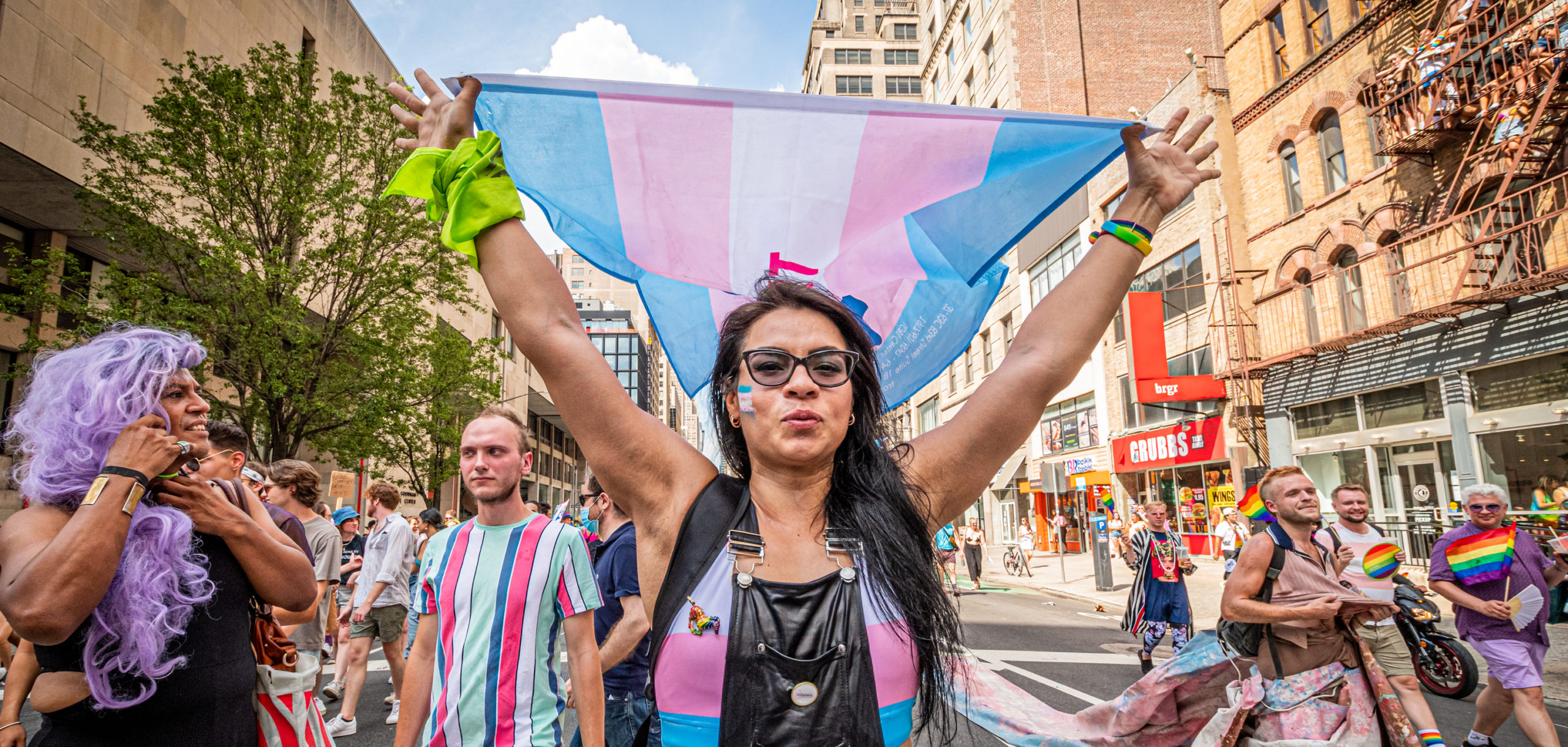One in three hundred Canadians identify as transgender or non-binary. Or to be precise, of the nearly 30.5 million people in Canada aged 15 and over living in a private household, 59,460 were transgender and another 41,335 were non-binary. The data comes from a new census which Statistics Canada claims to be a world first to report on transgender and non-binary people.
What’s more interesting, though, is the breakdown by age and sex. Young people are much more likely to be transgender. I think we could have guessed that, but now we have the numbers to prove it. Statistics Canada labels it a “generation gap”.

Digging into this breakdown, it is fascinating to see the two sexes follow quite different patterns. While the proportion of transgender women — i.e., biological males — fell from 0.18% (aged 20 to 24) to 0.08% (aged 65+), transgender men were far more heavily skewed to the younger age groups. Among biological females, those aged 15 to 24 were over five times more likely to identify as transgender than those over 40.

One argument for this discrepancy would doubtless be that members of the youngest generation are more comfortable ‘coming out’. But the gender skew seems more dramatic than would be explained by that effect, and implies that many teenage girls struggling with gender dysphoria will grow out of it as they move into adulthood. Many suspected that to be the case; now they have the data to justify it.
The breakdown by sex should be reliable because Statistics Canada had the foresight to ask for “sex at birth”. Other censuses have lacked that precision. In England and Wales, last year, the High Court ruled that transgender people should indicate the sex recorded on their birth certificate or gender recognition certificate. That drew an unhelpful line between trans people with legal gender recognition and those without. Though even that was better than the recent Scottish census where transgender people could effectively self-identify their sex, rendering the aggregated data unreliable or even useless.
Back across the Atlantic, Statistics Canada listed non-binary people separately from transgender people. The data indicated few surprises — this was a phenomenon among mainly young people. As we may have guessed, numbers dropped significantly by the time people hit their mid-30s. It was just a pity that the non-binary contingent was not broken down by sex. Although non-binary people may wish to identify out of their sex, they still have a sex and — like every other human being — they cannot escape their bodies. Non-binary males and non-binary females may have been aggregated, but they remain separate demographics.
No census can explain the transgender phenomenon, but Canada has given us an insight into its extent while giving credence to the idea that many youngsters will grow out of it. If clinicians were not cautious before, they should be now.











Join the discussion
Join like minded readers that support our journalism by becoming a paid subscriber
To join the discussion in the comments, become a paid subscriber.
Join like minded readers that support our journalism, read unlimited articles and enjoy other subscriber-only benefits.
Subscribe